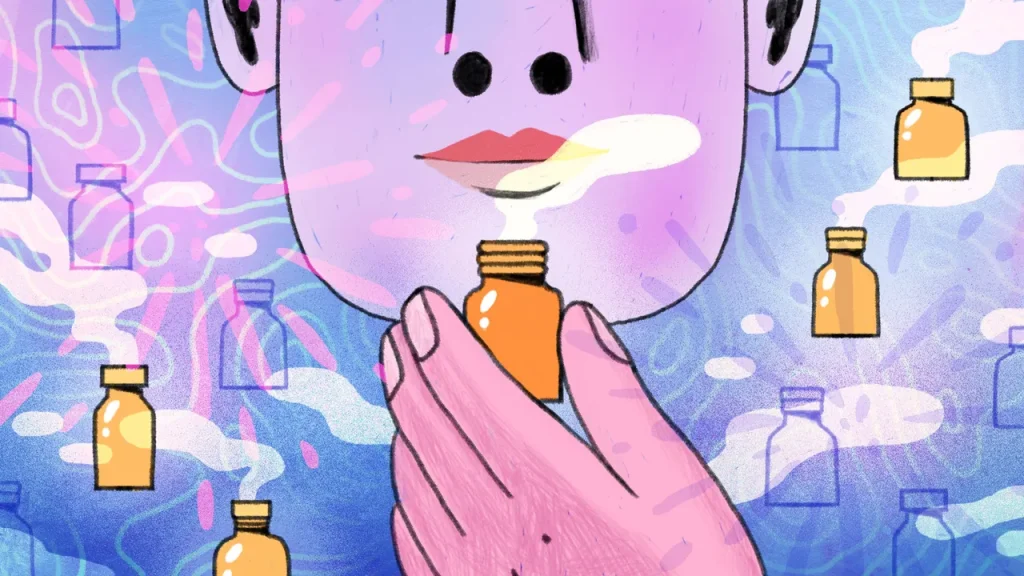
The small bottle with the potent, sweet-chemical aroma. Known by countless names – Poppers, AROMA, Rush, Locker Room, Leather Cleaner, and formulas like Pentyl or Isopropyl Nitrite – this substance has a surprisingly long and complex journey, weaving through medicine, counterculture, and underground scenes. Let’s unravel the foggy history of poppers.
The Medical Birth (1860s – 1960s):
- 1867: The Origin Story: Scottish physician Sir Thomas Lauder Brunton first synthesized amyl nitrite. He discovered its remarkable ability to rapidly dilate blood vessels, offering quick relief for angina pectoris (severe chest pain). Administered by crushing glass pearls (“pearls”) wrapped in cloth, the characteristic “pop” sound gave rise to the enduring nickname “poppers.”
- Medical Staple: For nearly a century, amyl nitrite remained a standard emergency treatment for angina. Its use was strictly clinical and controlled.
The Shift to Recreation (1960s – 1970s):
- Side Effects Noticed: The intense, brief rush of warmth, dizziness, lightheadedness, and muscle relaxation caused by the rapid drop in blood pressure and increase in heart rate were noted side effects.
- Counterculture Discovery: In the late 1960s and early 1970s, the substance escaped the pharmacy. The gay community, particularly in underground clubs and bathhouses, discovered its powerful effects. It enhanced sensations, lowered inhibitions, acted as a muscle relaxant (useful in certain sexual contexts), and created an intense, short-lived euphoric rush.
- The “AROMA” Era: As recreational use surged, manufacturers cleverly bypassed drug laws by marketing the liquid not as a drug, but as a “room odorizer,” “liquid aroma,” or “video head cleaner.” Bottles labeled “AROMA” became ubiquitous symbols. This was purely a legal fiction – everyone knew its intended use. Simultaneously, the name “Rush” became popular, referencing the intense sensation.
- “Leather Cleaner”: Another common guise emerged: “Leather Cleaner.” This branding played on the substance’s actual solvent properties (nitrites can clean leather) while providing plausible deniability for retailers and users, especially within the leather/BDSM subcultures where its use was prevalent.
Chemical Shifts and Legal Crackdowns (1980s – Present):
- Amyl Banned, Alternatives Emerge: Due to its recreational popularity and potential for abuse, the US FDA banned the prescription of amyl nitrite for angina in the late 1960s (though existing stocks lingered). This created a market vacuum filled by chemically similar, but often less regulated, alkyl nitrites:
- Isobutyl Nitrite: Became the dominant formula in the 70s/80s.
- Isopropyl Nitrite: Gained popularity later. Crucially, isopropyl nitrite has been linked to a higher risk of serious eye damage (macular damage) compared to other formulas.
- Pentyl Nitrite (Amyl’s Cousin): Refers to variations of the amyl molecule (often n-pentyl or isopentyl). It’s often considered closer to the original amyl effects and potentially less harsh than isopropyl, but its legal status is complex and varies.
- The Never-Ending Whack-a-Mole: Legislation (like the US Consumer Product Safety Commission Improvement Act of 1988) targeted specific formulas like butyl and isobutyl nitrite for consumer inhalation. Manufacturers responded by tweaking formulas (switching to pentyl, isopropyl, or cyclopropyl) and rebranding – hence the constant stream of new names and “leather cleaner”/”room aroma” labels.
- Modern Landscape: Today, poppers remain widely available, primarily sold in adult bookstores, head shops, online, and sometimes even corner stores, almost always under the guise of “leather cleaner,” “liquid aroma,” “room odorizer,” or similarly innocuous names. Formulas vary significantly (pentyl, isopropyl, isobutyl), often with unclear labeling, posing risks due to inconsistent quality and potential toxicity (especially with isopropyl).
Key Takeaways & Safety Notes:
- Medical Origins: Poppers started as a legitimate, life-saving angina medication (amyl nitrite).
- Recreational Pivot: Discovered for their psychoactive effects, they became deeply embedded, particularly in gay club and sexual subcultures from the 70s onward.
- The Branding Game: Names like AROMA, Rush, and Leather Cleaner were/are deliberate legal disguises to sell alkyl nitrites for inhalation.
- Chemical Roulette: The active ingredient has shifted over decades due to bans (amyl -> isobutyl -> isopropyl/pentyl). Isopropyl nitrite carries significant eye risk.
- Significant Risks: Beyond the “rush,” poppers can cause dangerous drops in blood pressure, headaches, nausea, skin irritation, chemical burns, methemoglobinemia (reduced oxygen in blood), and potentially permanent vision damage (especially with isopropyl). They interact dangerously with medications like Viagra (ED drugs) and can cause fainting or heart issues. They are flammable.
- Legal Gray Area: Their sale is typically based on the pretense of being solvent cleaners or aromas, not inhalants. Specific formulas may be explicitly banned in some regions.
Conclusion:
Poppers have traveled a remarkable path: from Victorian medicine cabinets to disco dance floors, from angina relief to sexual enhancer, constantly rebranding under names like AROMA and Leather Cleaner to navigate legal restrictions. While the chemical formulas (Pentyl, Isopropyl Nitrite, etc.) have changed, the allure of the intense, fleeting rush persists. However, this history is inseparable from significant health risks and a complex legal dance. Understanding this past is crucial for making informed decisions about a substance that remains potent, popular, and perilous.
Disclaimer: This blog post is for informational and historical purposes only. It does not endorse or encourage the use of poppers or alkyl nitrites, which carry significant health risks. Always prioritize your health and safety.

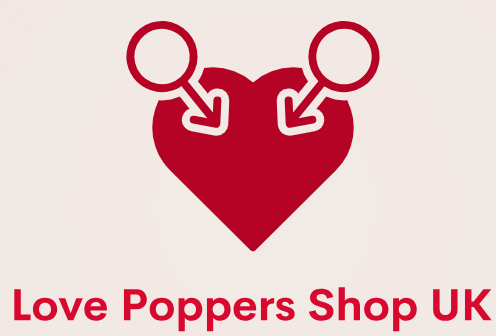
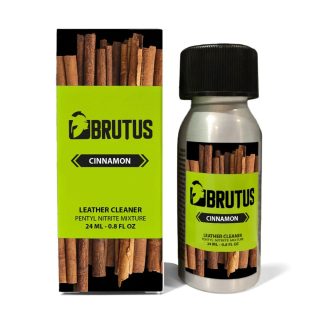
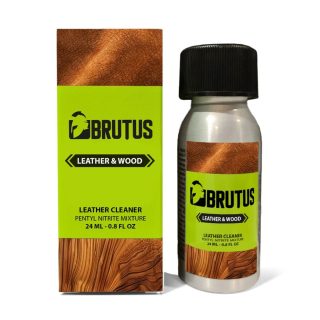
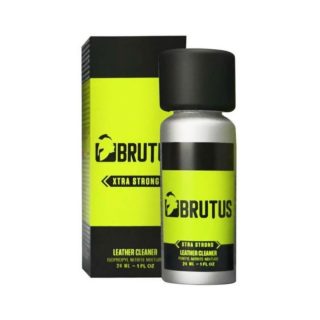
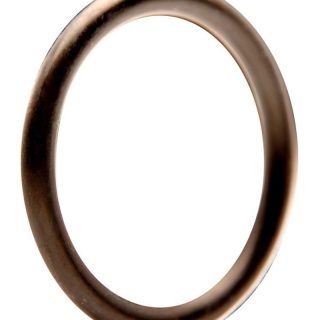
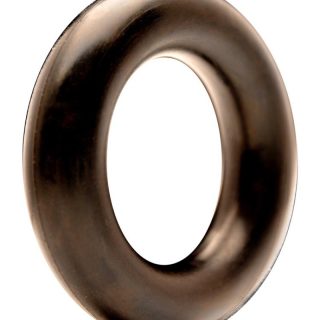
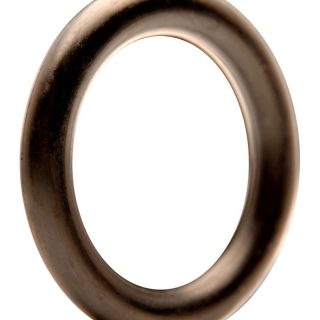
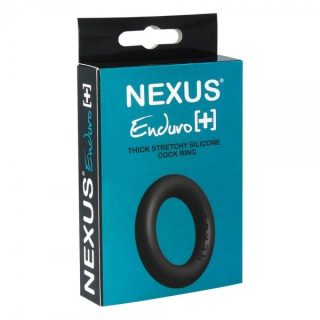
Leave a Reply
You must be logged in to post a comment.